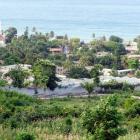ADVERTISEMENT
haiti house
Veerhouse Voda plant opens in Drouillard, Haiti
Opening of a Veerhouse Voda plant in Drouillard.
Veerhouse Voda is a New York based company that has worked over 22 projects in Haiti in the last three years. The company is flexible to fit all building needs. It provides a large variety of building structures with a combination of lightweight steel frames (expanded Polystyrene panel) which cost less but resistant to earthquake, fire, hurricane, flood and other natural disasters. As per new report dated September 14, the company has opened a production plant of Expanded Polystyrene (EPS) panel in Drouillard (West Department) for its local consumption. The new plant, as per the company's statement, would create over 2,000 direct and indirect jobs.
Housing units in Morne Lazarre, Haiti
Here is a picture of the Housing units in Morne Lazarre.
President Michel Martelly accompanied by the Executive Director of the Housing Construction Unit and Public Buildings (UCLBP) visited the new housing site in Morne Lazarre, Bourdon Road to hand over the keys to the victims of 16 neighborhoods from the metropolitan area of Port-au-Prince which were destroyed by the earthquake of January 12, 2010. The earthquake flattened the poor hillside neighborhood, leaving only a school building standing as a place of refuge. The project has been built on an area of 2,270 square meters and includes 25 family residential units in two and three levels. Fourteen of these residential units have an area of 60 square meters, five have an area of 70 square meters and six are about 50 square meters area, each. The construction has been completed within 16 months (December 2013 to 16 April 2015) under joint funding of the Haiti Reconstruction Fund (HRF) and the American Red Cross of US$.900000 and executed by the United Nations Office for Project Services.
Home Building in Haiti and the lack of Building Code enforcement
Haiti has a building code; it is the enforcement of this code which is lacking. While understandable in the case of the poor who cannot afford the extra money it will cost to safe-guard the integrity of their houses, one is left to wonder where the Code Enforcement Officers were when many schools, government buildings, churches and hospitals were being built. It is of great importance that, going forward, the collapsed buildings are not being replaced by much of the same.
The informality of building construction in Haiti
Many experts, including OAS Department of Sustainable Development director, Cletus Springer and seismologist, Ian Main agree that the catastrophic effects of the 2010 earthquake were aided by the informality of the buildings' constructions. Not only is this true for housing constructed for and by the poor, but even in official business buildings. The neglect of the strictures of the building code led to the loss of infrastructure in 80% of the schools, 60% of the hospitals and all but one of the government buildings in Haiti.
Home Building in Haiti - Inadequate Lateral Load Resisting
Weighty concrete ceiling and floor slabs were made for hurricane weather. During an earthquake, the construction of most low-rise buildings meant the walls were dislodged and discharged. The confined masonry system should have worked well under those conditions, but, the frames built in Haiti were mostly inadequately designed and were not integrated enough with beams and columns that were reinforced. As a result, the walls do not have the in-plane load bearing capabilities necessary to withstands strong tremors.
Home Building in Haiti - Code and Code Enforcement
With Haiti being without its own building code, the cue for most builders usually comes from Europe or the U.S. While the Caribbean has its own code, CUBiC, (Caribbean Uniform Building Code), few Haitian engineers employ the standards. Further to that, most buildings were not even built based on designs by an engineer. Permits must be sought for builds, but plan checks and construction inspections are rare and, as such, many buildings are not up to code, making them susceptible to collapse and degradation, especially since they are not diligently maintained.
Home Built on shaky ground in Haiti
A typical house in Haiti starts with a foundation about a meter in depth. For homes and buildings built on an incline, the foundation can rise to as much as 2 meters above the ground. Concrete masonry units, not fired clay bricks, as were prevalent in the 19th century, are used for walls. The unreinforced units are given frame by concrete columns which are reinforced lightly. Slab roofs and floors are common, with one layer of reinforcement for a 4 to 6 inch thickness. These structures are usually single-storied, but are also as tall as two or three stories.
Hurricane Sandy On Haiti House
Here is a picture of small home in the process of beeing washed away during Hurricane Sandy that affected the Caribbean an Haiti in particular. The death toll rising to at least 51 and an estimated 200,000 homeless as a result of four days of relentless rain from Hurricane Sandy

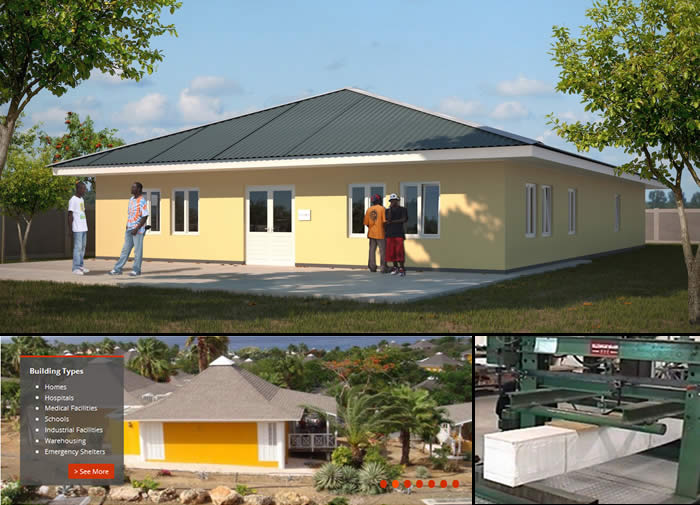
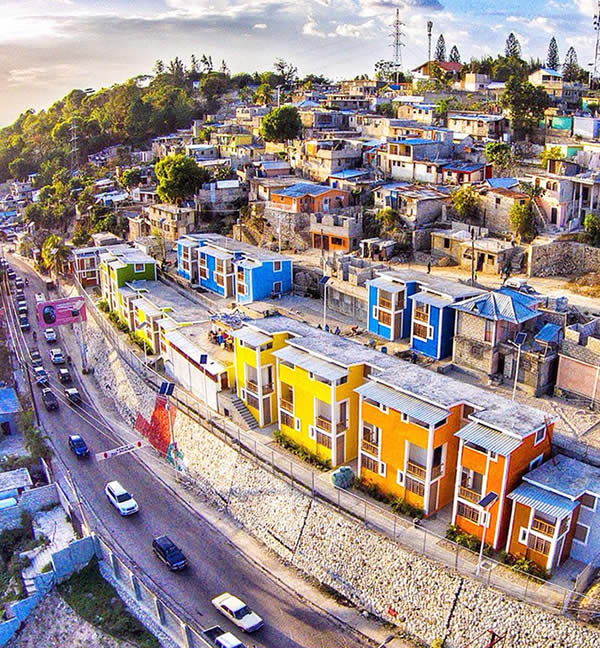
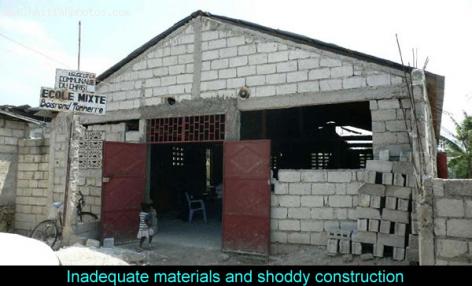
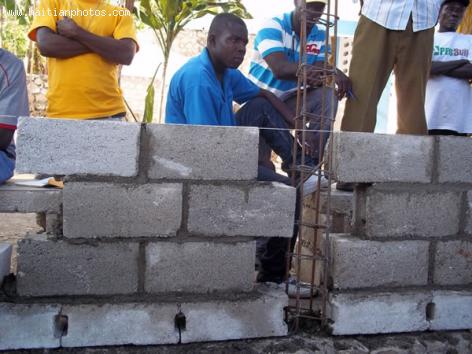
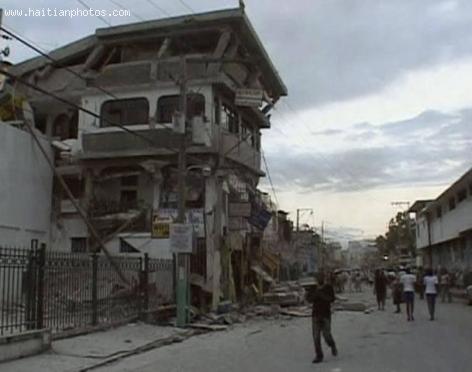
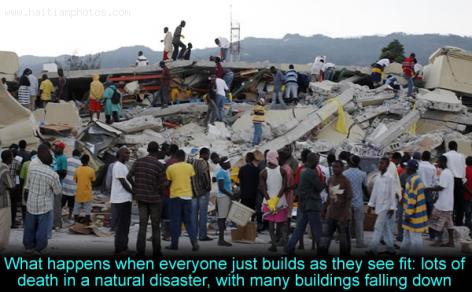
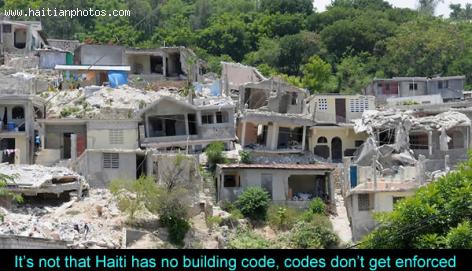
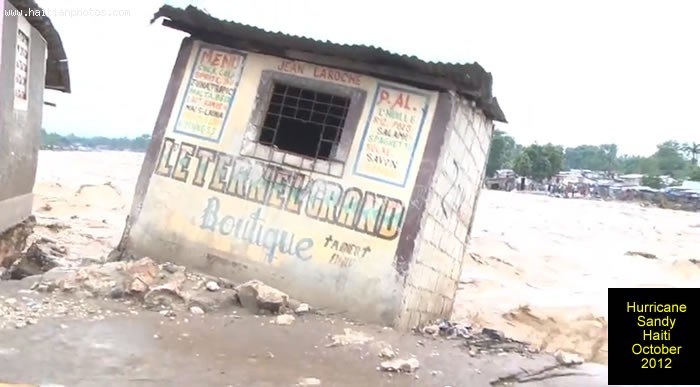
 Ernst 'ZeNono' Jean-Baptiste wants to replace Sepp Blatter as...
Ernst 'ZeNono' Jean-Baptiste wants to replace Sepp Blatter as... 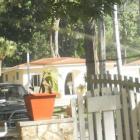 Hotel Beck in Cap-Haitien, Haiti
Hotel Beck in Cap-Haitien, Haiti  A $800,000 Home occupied by Deputy Rony Celestin confiscated
A $800,000 Home occupied by Deputy Rony Celestin confiscated  Jovenel Moise, the president has spoken. Period
Jovenel Moise, the president has spoken. Period  Commissioner Frantz Pierre indicted for accepting bribes
Commissioner Frantz Pierre indicted for accepting bribes  Meet Haitian-American professional baseball pitcher Touki...
Meet Haitian-American professional baseball pitcher Touki... 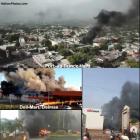 Port-au-Prince on fire over gas prices hike
Port-au-Prince on fire over gas prices hike  Dr. Henri Ford, First Haitian Dean At University of Miami Med...
Dr. Henri Ford, First Haitian Dean At University of Miami Med... 

